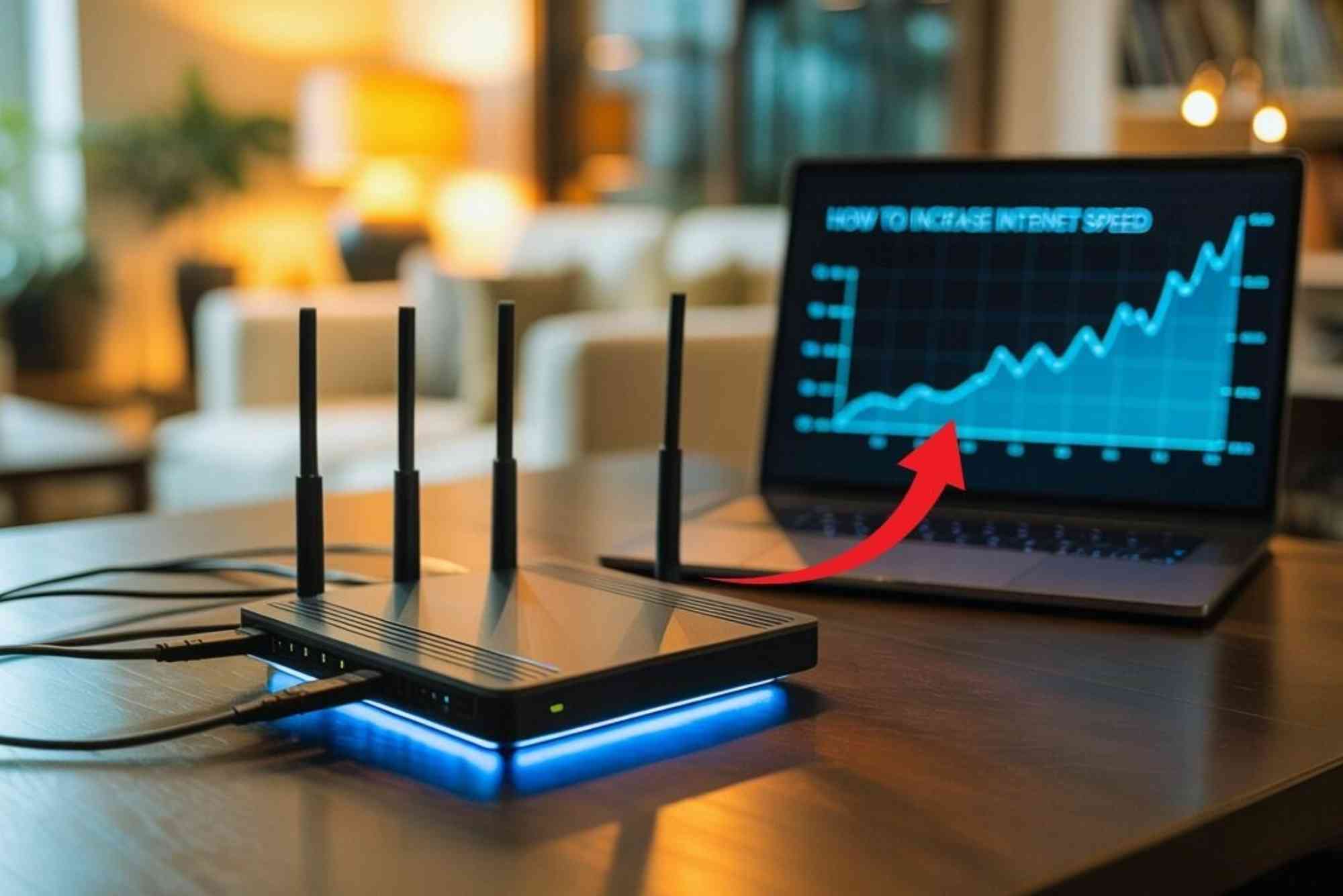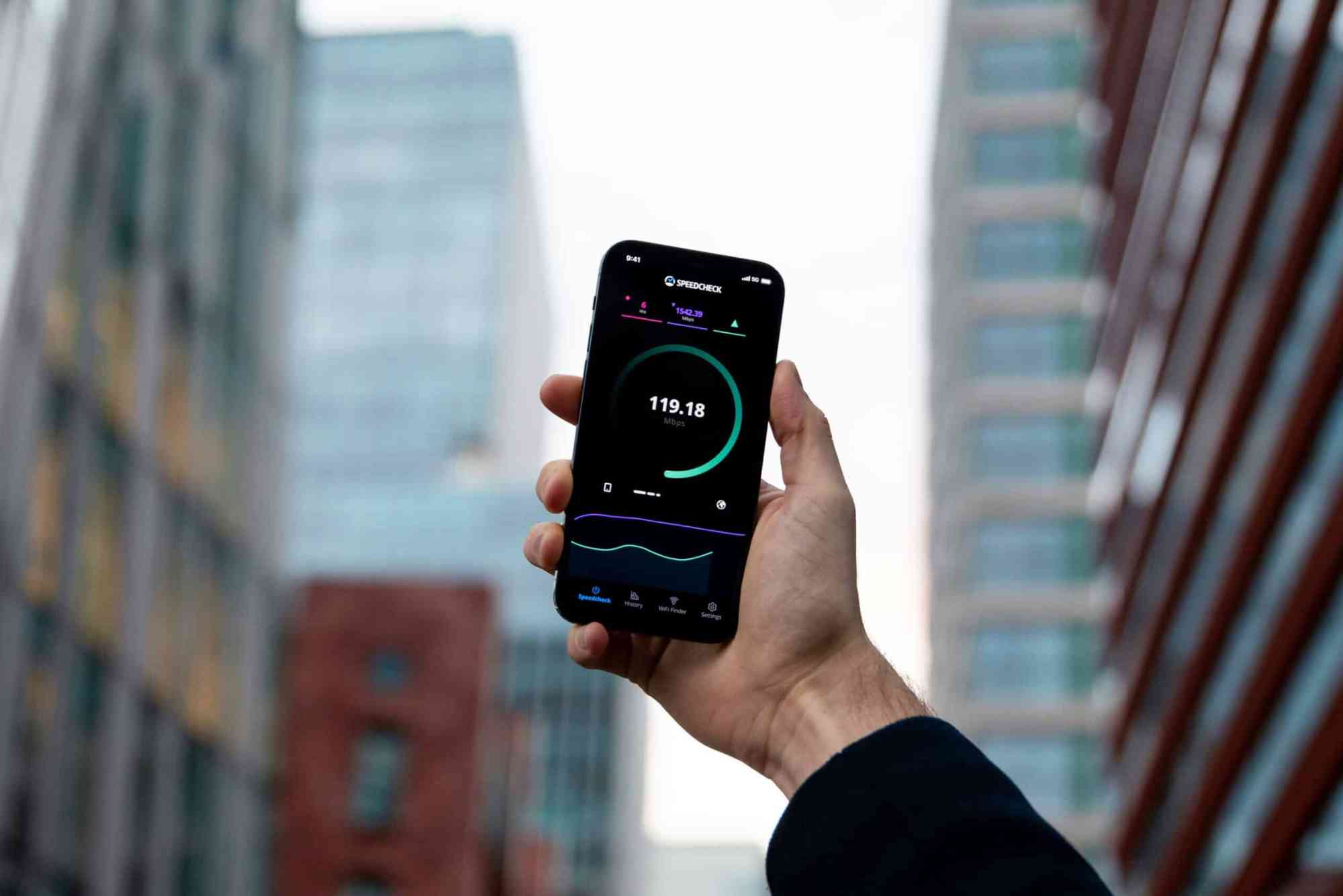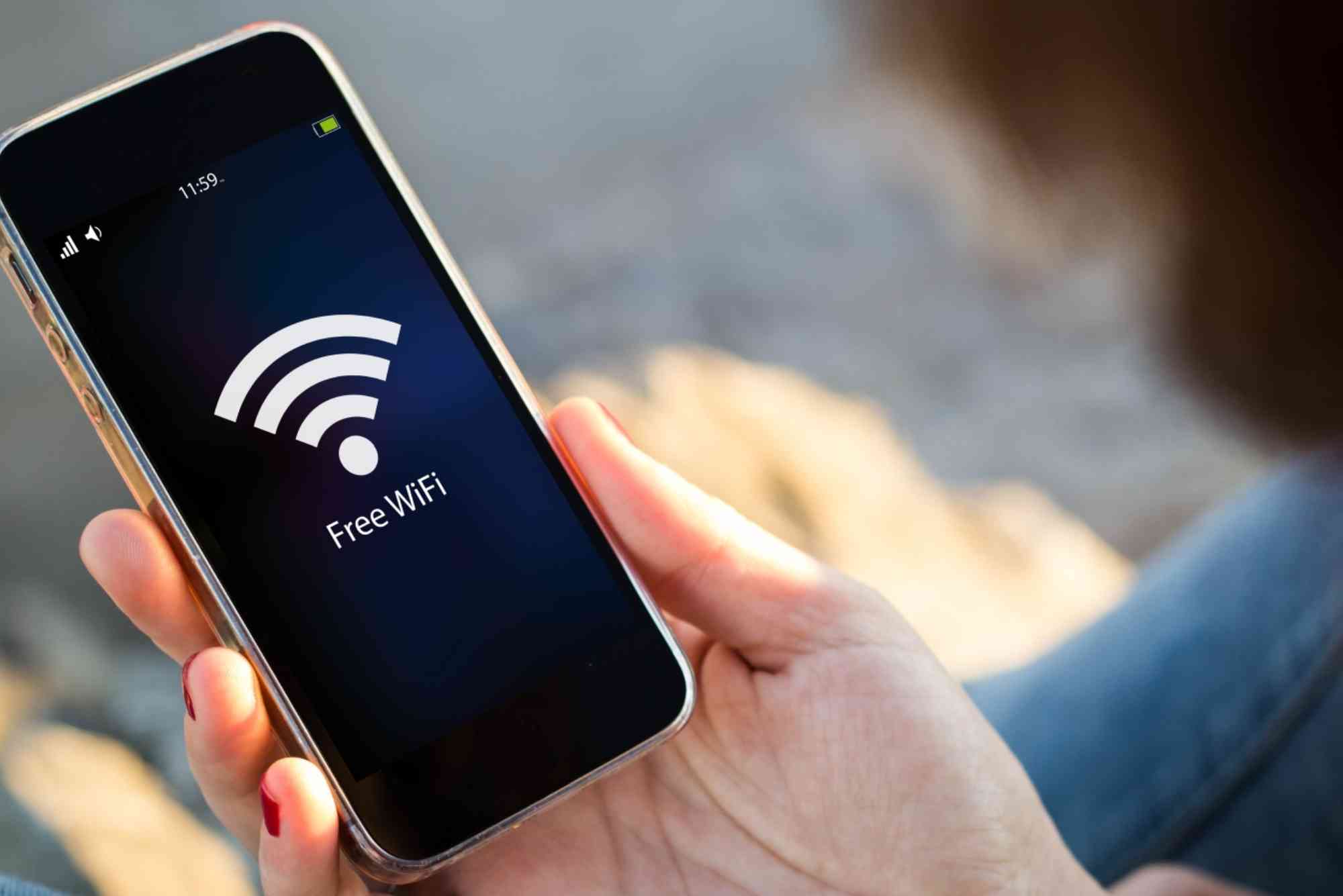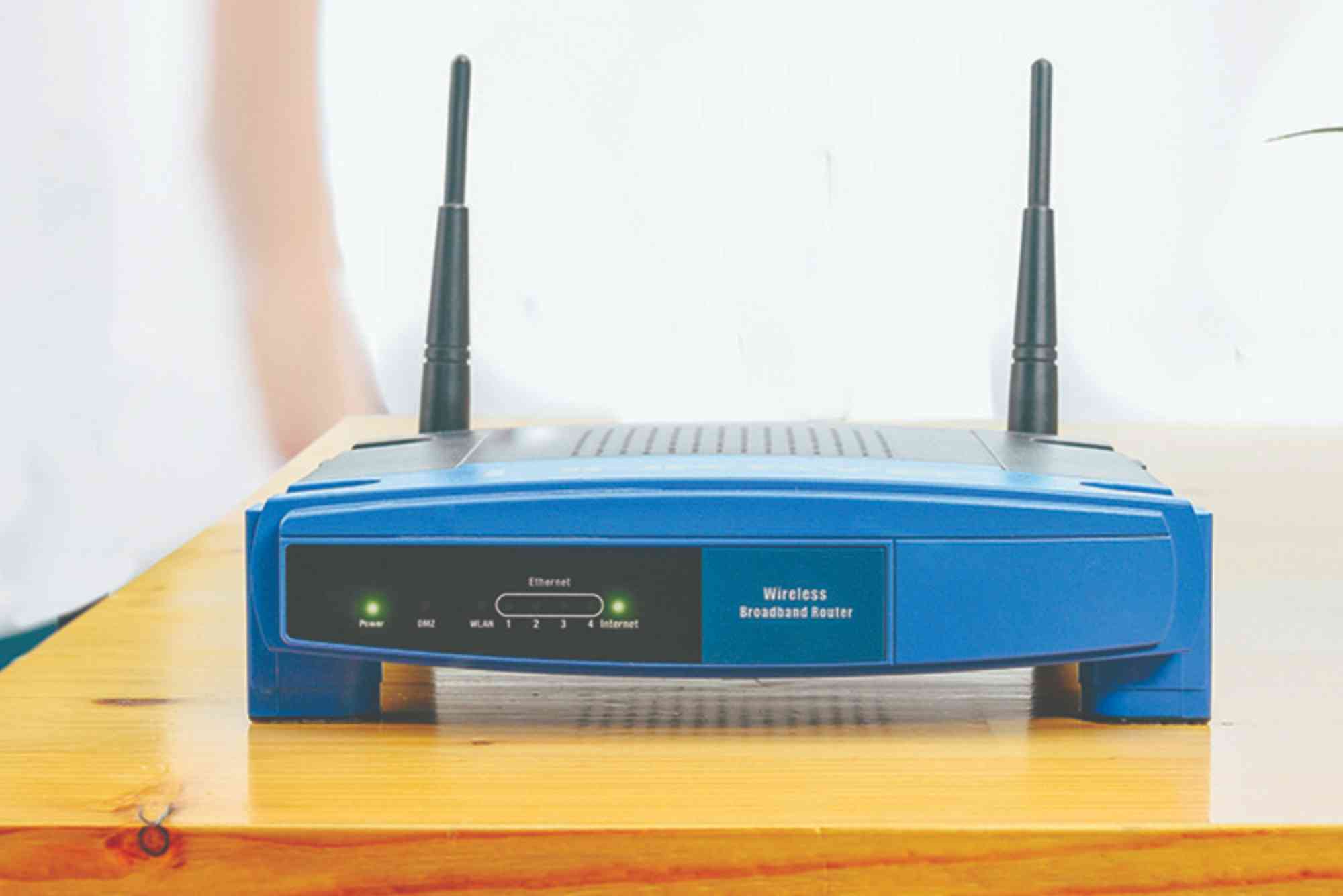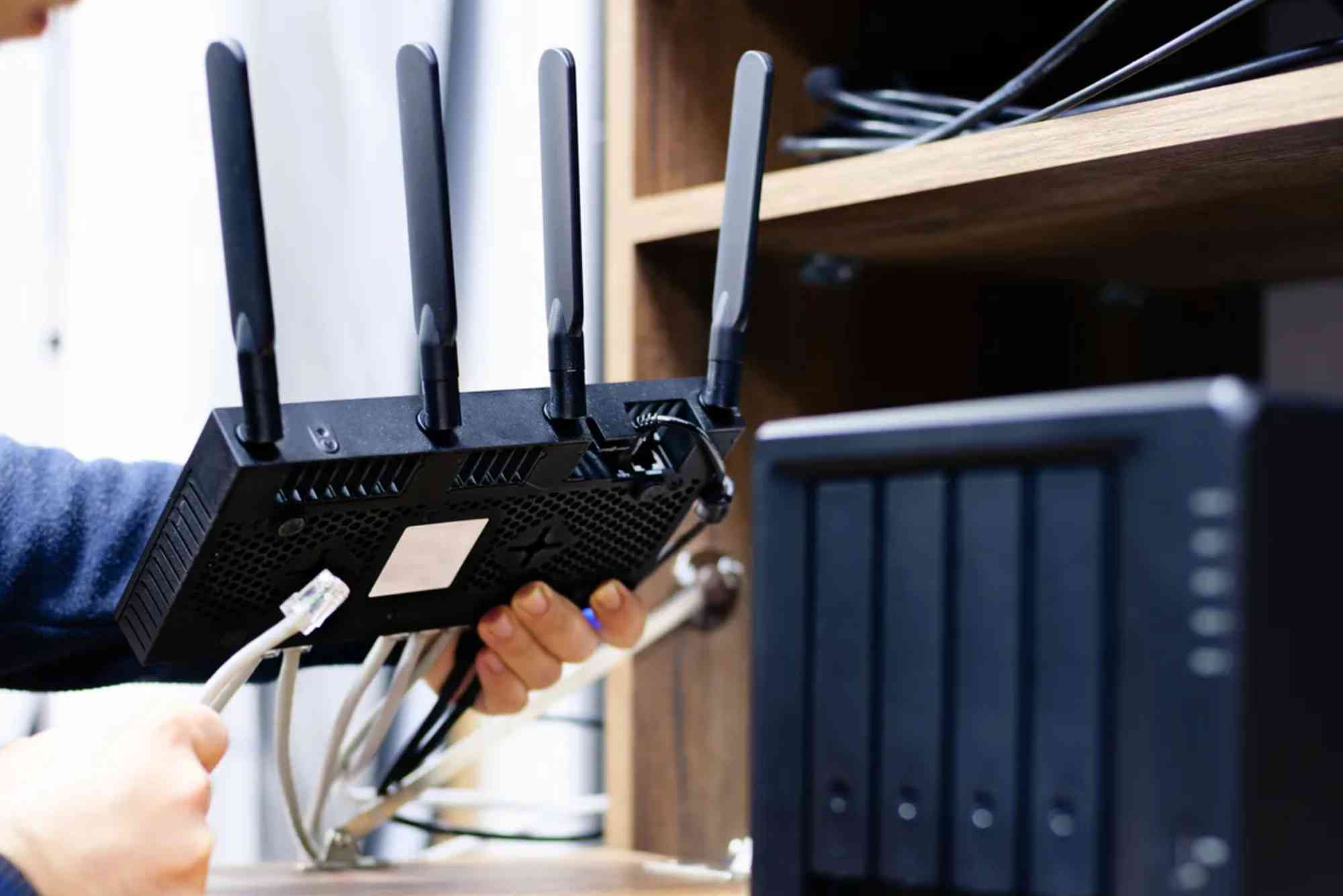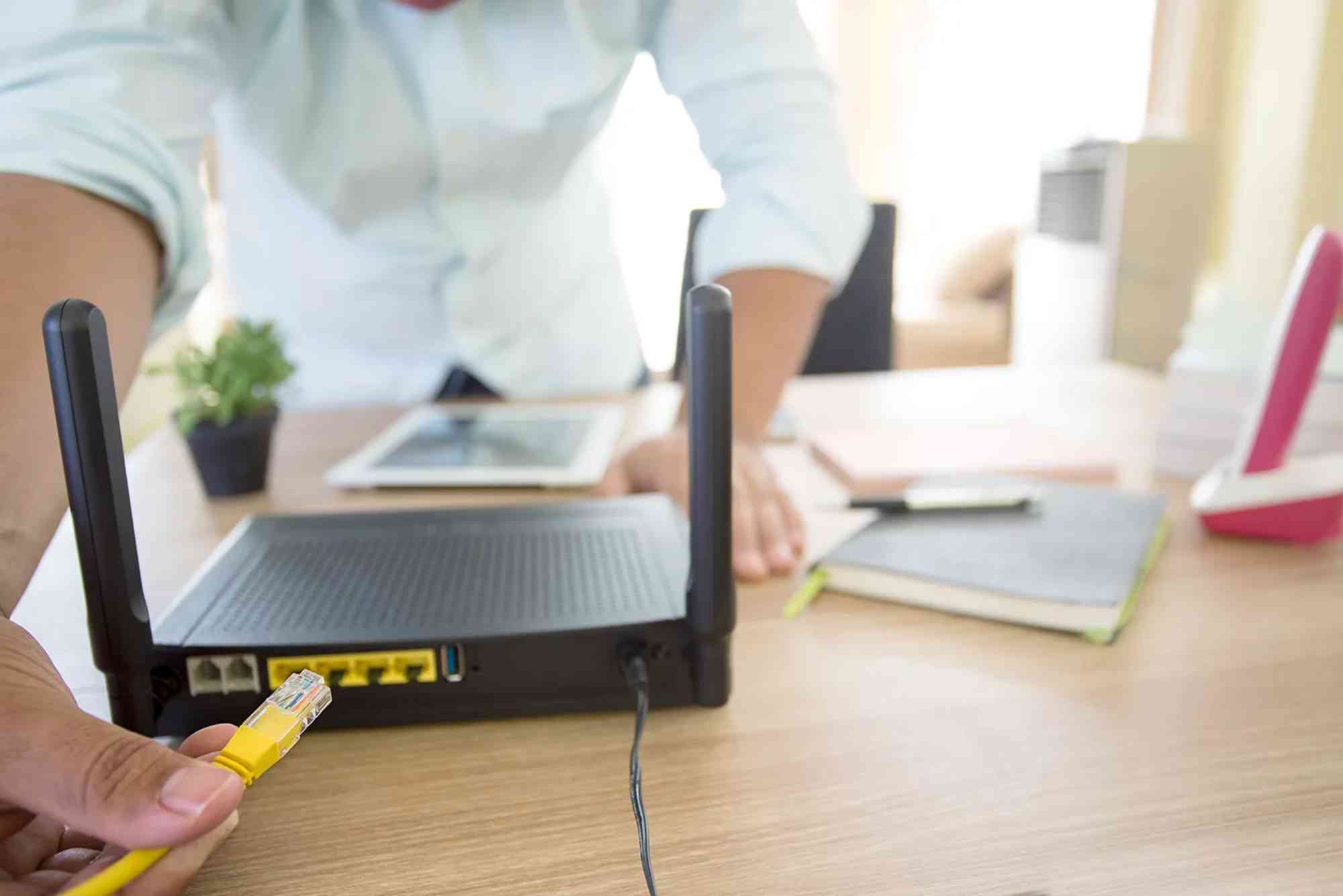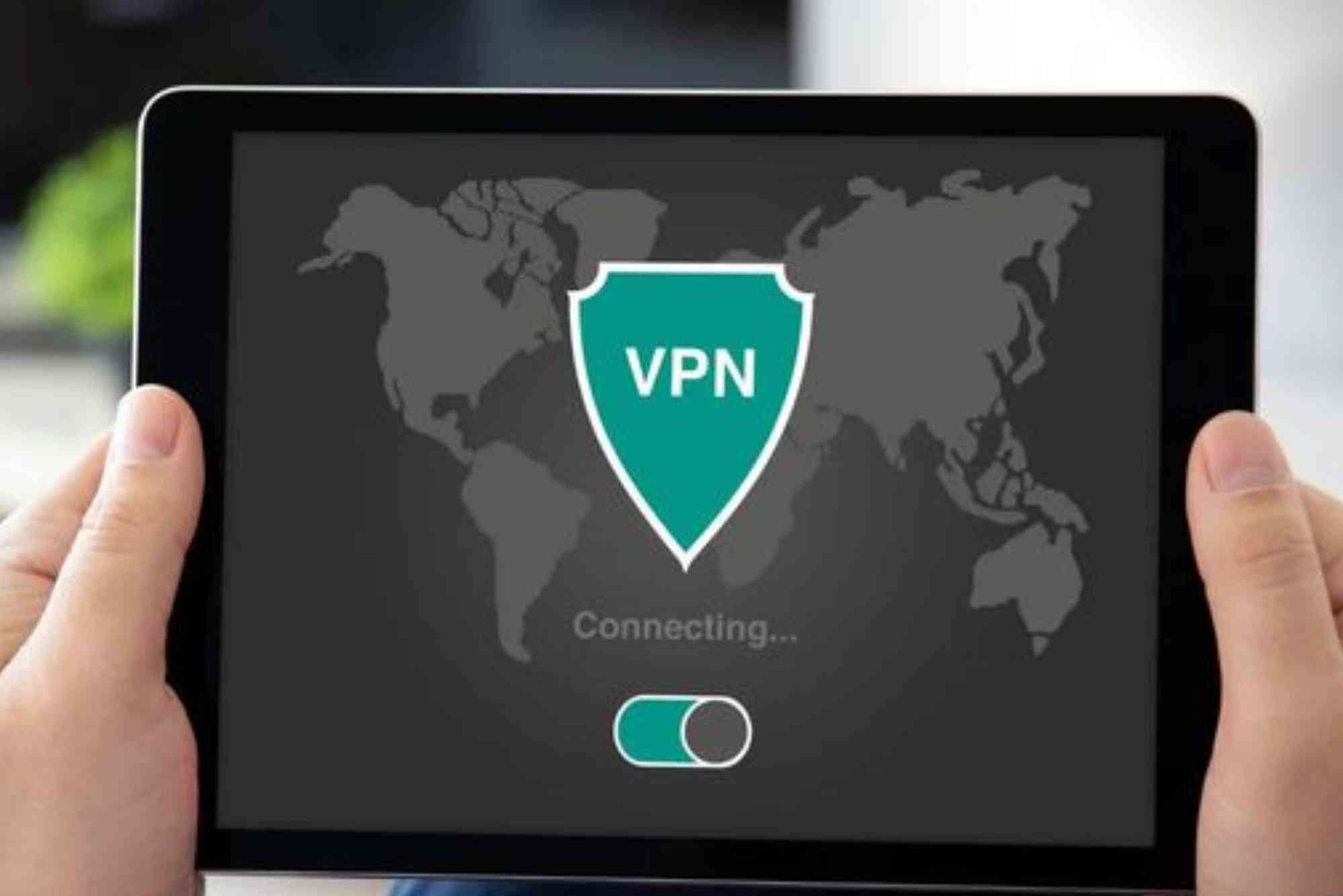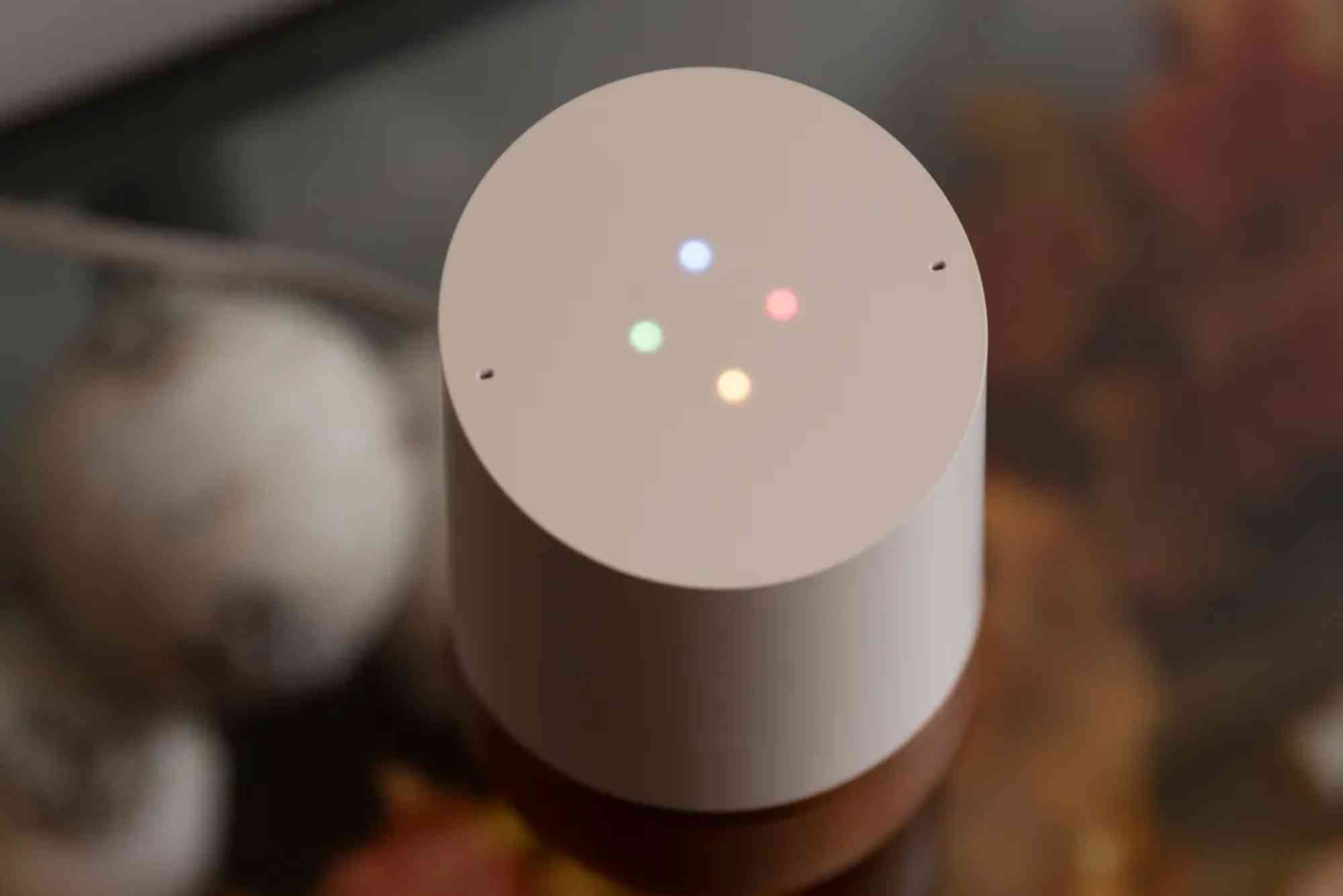Public Wi-Fi has become part of everyday life. From coffee shops to airports, people connect without thinking twice. However, the risks of public Wi-Fi and how to stay safe remain crucial topics in cybersecurity. Free hotspots may feel convenient, but they can expose your personal data to hackers. In this article, we’ll explore the hidden dangers of public Wi-Fi, how cybercriminals exploit them, and the best ways to protect yourself.
Why Public Wi-Fi Poses a Security Threat
Public Wi-Fi networks are rarely secure. Most use outdated encryption or no encryption at all. Because of this, any information you send or receive can be intercepted. Hackers often exploit this weak point, putting your privacy and identity at risk.
Lack of Encryption
Many public Wi-Fi networks do not use WPA3 or WPA2 encryption. This means your login credentials, emails, or payment information could travel in plain text. Anyone monitoring the network can capture this data and use it maliciously.
Rogue Hotspots
Cybercriminals often create fake Wi-Fi networks designed to mimic legitimate ones. For example, if you’re at “Orange Theory Mountain View,” a hacker could set up a hotspot named “OrangeTheory-FreeWiFi.” Unsuspecting users connect, believing it’s safe, but hackers intercept all activity.
Man-in-the-Middle Attacks
A man-in-the-middle (MITM) attack occurs when a hacker secretly relays and alters communication between two parties. On unsecured Wi-Fi, MITM attacks are common. This can lead to stolen passwords, compromised bank accounts, or malware injections.
How Hackers Exploit Public Wi-Fi
Cybercriminals have multiple ways to exploit vulnerable users. Understanding their tactics is key to staying safe.
Data Interception
Hackers use packet-sniffing tools to intercept information traveling across the network. They can see everything you’re sending—emails, social media messages, and even financial data.
Credential Theft
Logging into online banking or e-commerce platforms over public Wi-Fi can expose your usernames and passwords. Attackers can capture login sessions or install keyloggers remotely.
Malware Distribution
Public Wi-Fi can serve as a launchpad for malware attacks. Cybercriminals exploit weak network settings to push malware onto your device, infecting it with spyware or ransomware.
How to Stay Safe on Public Wi-Fi
Understanding the risks is the first step. The next is adopting best practices to secure your data and privacy.
Use a VPN for Encryption
A Virtual Private Network (VPN) encrypts your online traffic. Even on unsecured networks, hackers cannot read your data. Choose a reputable VPN provider and keep it active whenever you use public Wi-Fi.
Enable Two-Factor Authentication
Two-factor authentication (2FA) adds another layer of security. Even if someone steals your password, they cannot access your account without the secondary verification code.
Turn Off Automatic Connections
Many devices automatically connect to known networks. Disable this feature to avoid connecting to rogue hotspots. Always verify the network name with the business before logging in.
Stick to HTTPS Websites
Always check for HTTPS in the browser address bar. HTTPS encrypts data between your device and the website. Avoid submitting sensitive information on non-HTTPS websites.
Update Your Software Regularly
Operating systems, browsers, and apps release security updates to patch vulnerabilities. Keeping everything updated reduces your risk of exploitation.
Avoid Accessing Sensitive Accounts
If possible, wait until you’re on a secure network before logging into bank accounts or making online purchases.
Risks of Public Wi-Fi and How to Stay Safe for Businesses
Organizations also face risks from public Wi-Fi. Employees working remotely may expose company data to hackers. Businesses should educate staff on secure practices, provide VPNs, and enforce endpoint security policies.
Provide Secure Access Options
Companies can offer employees mobile hotspots or corporate VPN access. This reduces dependence on unsecured public networks.
Train Employees on Cyber Hygiene
Training staff to recognize rogue networks, phishing attempts, and suspicious activity lowers the risk of a data breach.
FAQs About Public Wi-Fi Safety
Is it safe to use public Wi-Fi for banking?
No. Using public Wi-Fi for banking or financial transactions increases the risk of credential theft and fraud. Use a secure connection or mobile data instead.
Can a VPN fully protect me on public Wi-Fi?
A VPN significantly increases your security but cannot prevent all attacks. Combine it with good practices like HTTPS, 2FA, and updated software.
How do I know if a Wi-Fi network is safe?
Check with the business for the official network name. Avoid connecting to networks with unusual or generic names.
What happens if I get hacked on public Wi-Fi?
Change your passwords immediately, enable 2FA, and scan your device for malware. Inform your bank if financial accounts were compromised.
Is it safer to use mobile data than public Wi-Fi?
Yes. Mobile data networks are generally more secure and harder for hackers to intercept.
Protect Your Privacy on Public Wi-Fi
Public Wi-Fi offers convenience but comes with significant risks. Hackers exploit weak security to steal personal and financial data. By using VPNs, avoiding sensitive transactions, and enabling 2FA, you can dramatically improve your safety online. Stay vigilant whenever you connect to a public network.
If you’re looking for reliable and secure internet solutions, consider exploring Dhanote Internet Services for safer and faster connections. Protecting your online privacy starts with informed choices and better tools.

